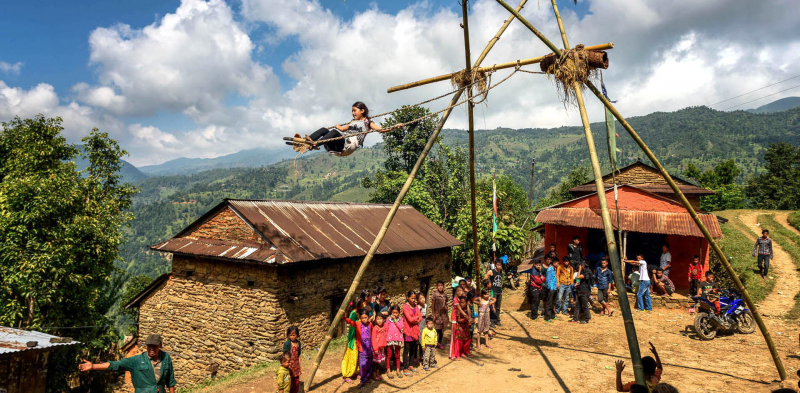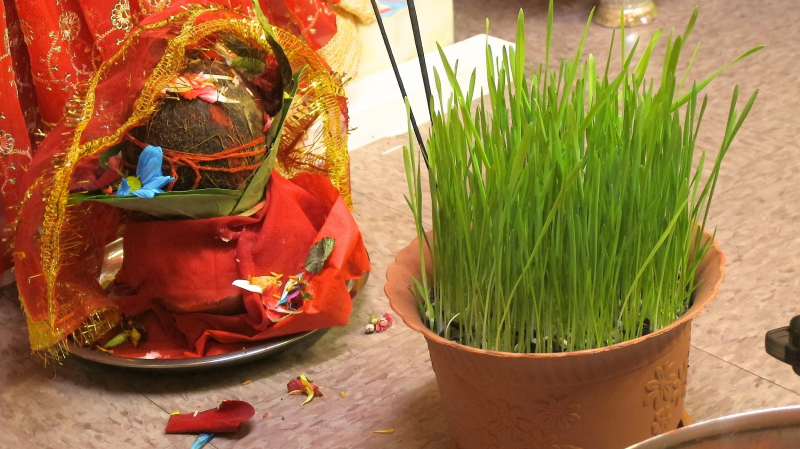Festival
Several Nepalese festivals last from one to several days. As a predominantly Hindu and Buddhist country, the majority of Nepalese festivals are religious in nature. Nepal's festivals have Hindu roots, as Hinduism is practiced by more than 80% of the country's population. Buddhism, the nation's second-largest religion, which accounts for 9% of the population, has influenced Nepal's cultural festivals.
Dashain, also known as Vijaya Dashami, is Nepal's longest and most important festival. Dashain typically occurs between late September and mid-October, immediately following the end of the monsoon season. It is "a day of triumph over demons." Mohani, Tihar or Dipawali, Holi, Saraswati Puja, Rakshabandhan, Janmashtami, Gai Jatra, Nag Panchami, Teej, Chhath, Kartik Poornima, Maghe Sankranti, or Makar Sankranti are the Newar names for the festival. Maha Shivratri and Chhechu are two of Nepal's most important festivals. Nepal Sambat, the lunar calendar's New Year's Day, falls in November. Several Jatras are held throughout the year, and some regions have declared public holidays.
Other important festivals include Buddha Purnima (the celebration of Buddha's birth) and Maha Shivaratri (a Lord Shiva festival), during which some people drink excessively and smoke charas. Sherpas, who are mostly found at higher elevations and in the Mount Everest region, celebrate Mani Rimdu for the sake of the entire world. Most festivals include music and dancing, and a variety of special foods are consumed during festivals and special occasions. According to Tantric tradition, the Sagan ceremony is the ritualized presentation of five food items (boiled egg, smoked fish, meat, lentil cake, and rice wine) to a person in order to bring good fortune.















